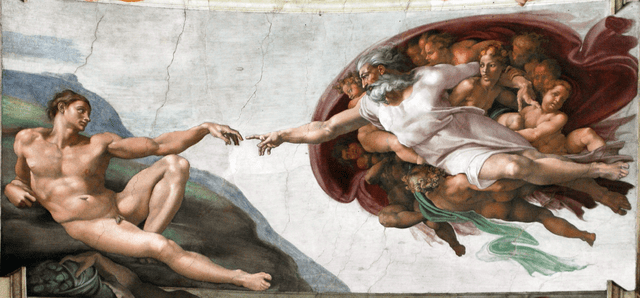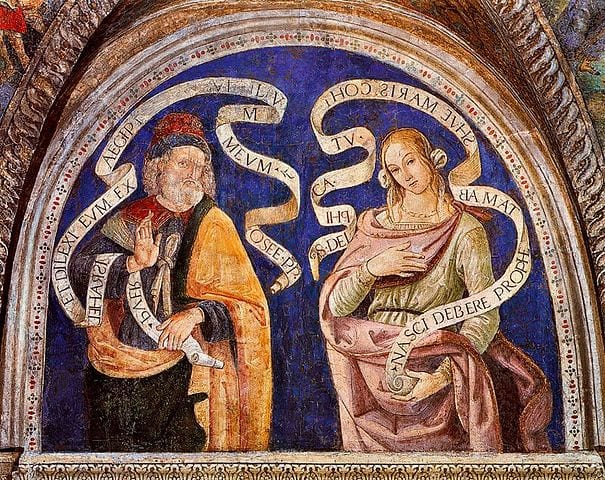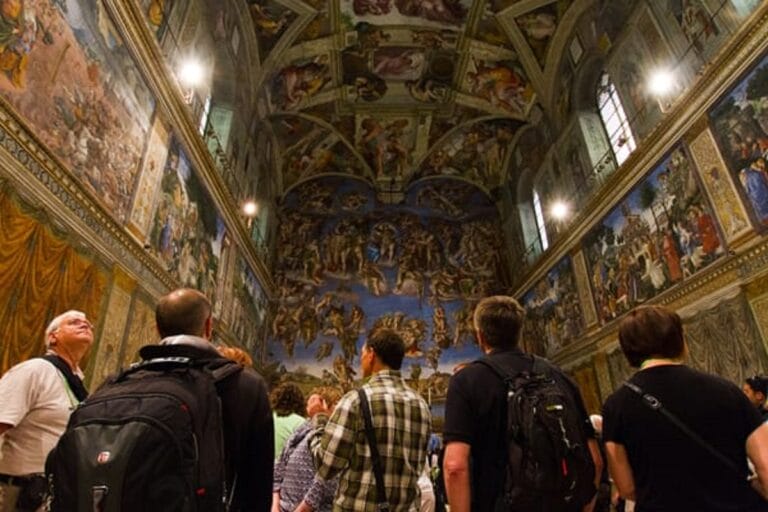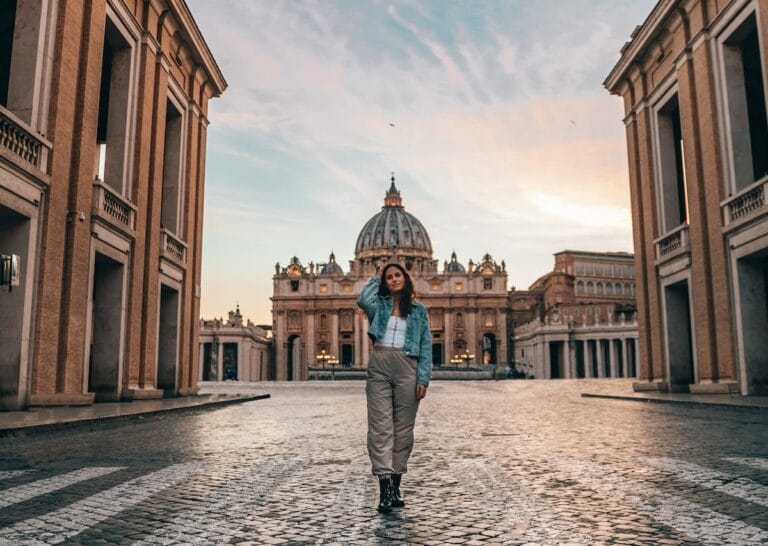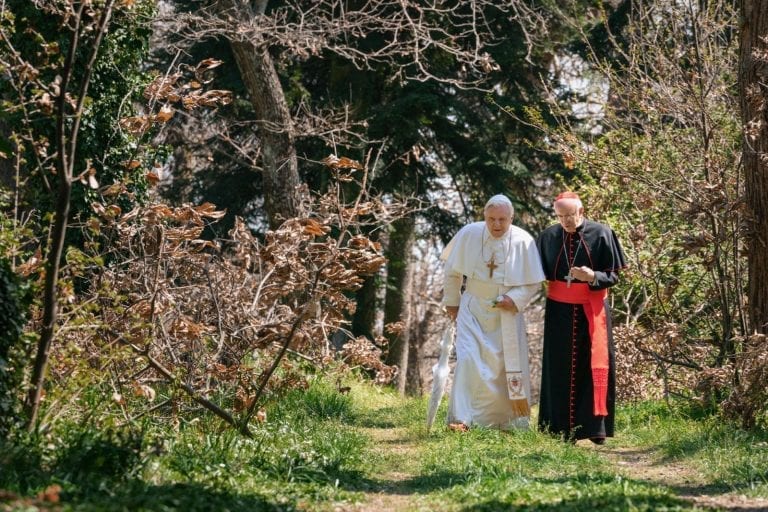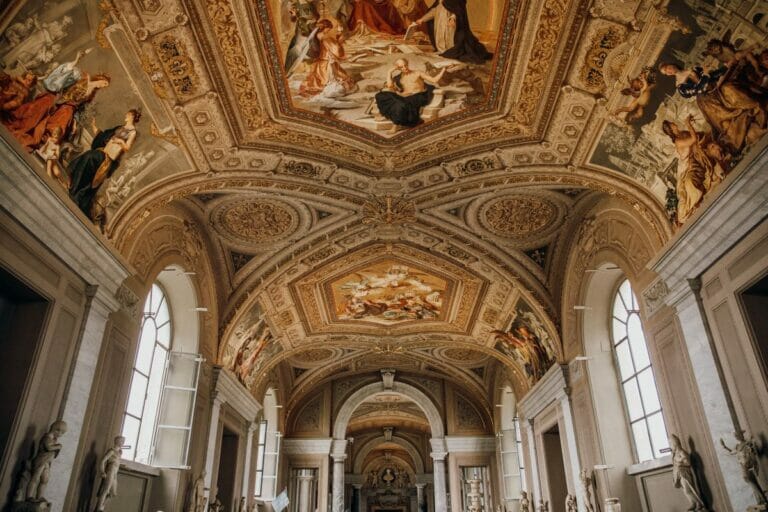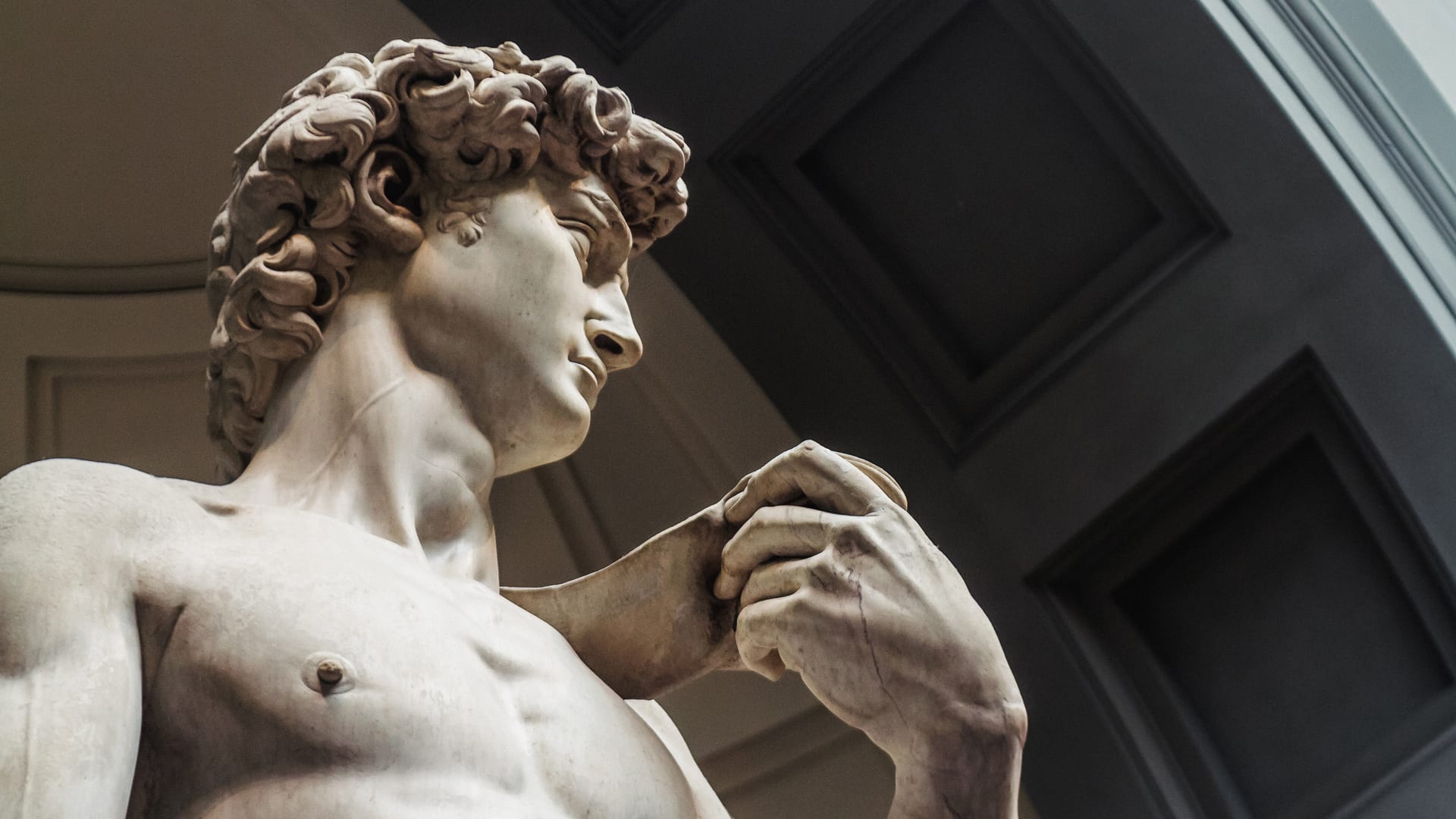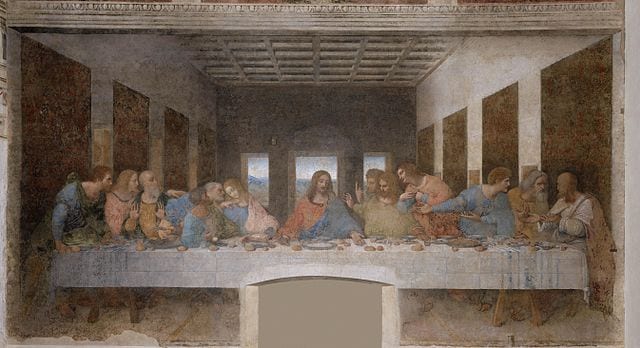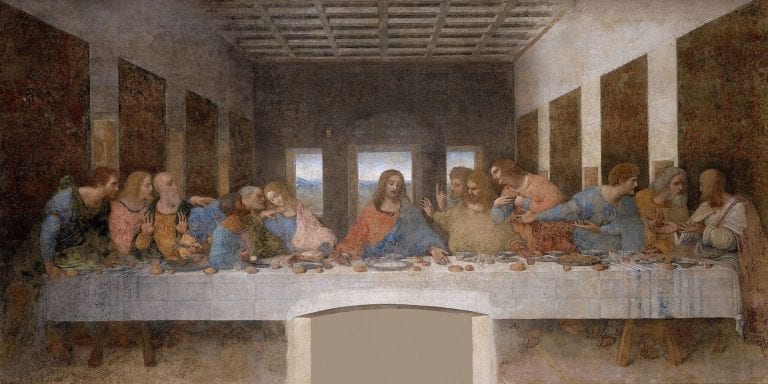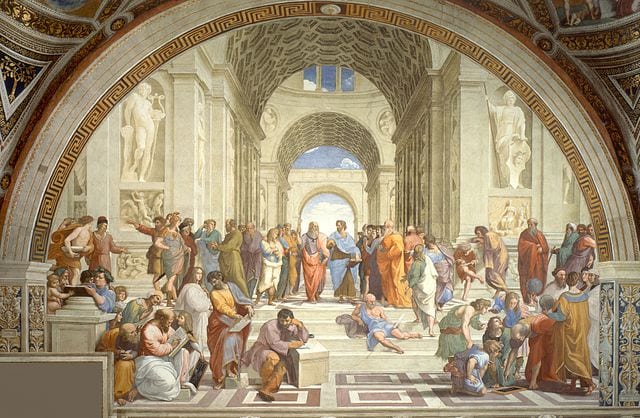
Visiting the Vatican Museums: What to Know Before You Go
November 13, 2024
The Vatican Museums house some of the world’s most beautiful and culturally significant art. Few museums in the world have the potential to be so moving to its visitors, yet few museums are as difficult and frustrating to navigate as well.
The palace has an estimated 1,400 rooms, chapels, and galleries, most of which are a part of the Vatican Library and Museums. The enormous amount of paintings, sculptures and other works located inside can easily become overwhelming for even the most well-traveled visitor. Going with a plan or an idea of what you’ll find inside is the best way to avoid being overwhelmed by all the options. While most come just to see the Sistine Chapel, The Vatican Museums have much more to offer than just the Chapel.
We also run our own Vatican tours that allow you to skip the long lines and experience the one-of-a-kind splendor with the help of an expert, local guide who will bring the art to life with the stories and info that only someone who has studied the works for their entire lives could know. You can have a look at our Vatican tours right here, but if you go on your own we want to make sure you get the most out of it, so check out the info below.
Table of Contents
ToggleWhat to see when visiting the Vatican Museums
Sistine Chapel Ceiling
Perhaps the most famous room in the Vatican Museums, the Cappella Sistina has a much higher footfall than the Museums themselves because so many visitors come twice. The ceiling frescoes were Michelangelo’s first major commissioned work yet it took him just four years to complete. The 8,600 square foot ceiling is divided into nine panels, each depicting a Biblically historical scene. The most famous scene is the Creation of Adam, showing God reaching out to touch the fingertip of Adam. The lighting and hush of the Sistine Chapel add to the magical moment, but the sheer quantities of people can make the visit less than serene. Stay quiet, calm and ignore the others as you turn to the Giudizio Universale, or Last Judgment.
The Last Judgment
This massive fresco by Michelangelo was started in 1535, nearly 25 years after the ceiling. The artist covered two existing wall paintings in order to depict his vision of The Last Judgement, a composition that shows hell as described by Dante. Nude figures, saints and apostles surround an angry Christ, with the blessed on the left and the damned at the right. The painting is gruesome and mesmerizing, and many believe that Michelangelo painted his own face on the flayed body of St. Bartholomew – his (not so subtle) way of telling the Pope that he would rather be flayed alive than paint the Sistine Chapel again.
[Note: visiting the Sistine Chapel can be a crowded affair, if you’d rather not battle through with elbows and knees, check out our Pristine Sistine Tour or VIP Key Master’s Tour: Open the Sistine Chapel, which gets you into the Vatican Museums before they open to the general public.
Raphael Rooms
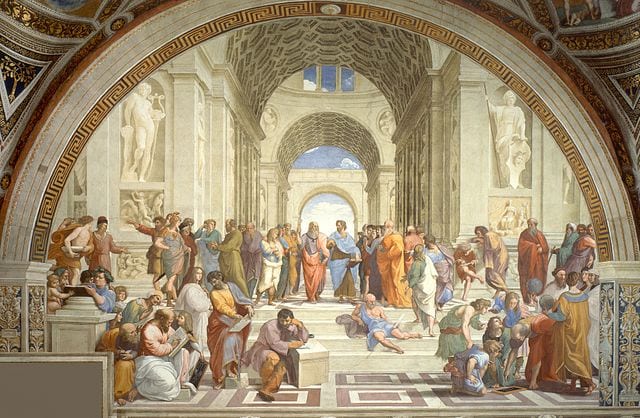
The enormous School of Athens shows some of the most prominent scientists, artists and philosophers in ancient Greece. Photo from Wikicommons
At the same time that Michelangelo began the Sistine Chapel ceiling, Raphael was tasked with covering the ceilings and walls of four of the Pope’s private apartments. Besides being the first work executed by the great artist in the Vatican, his work also marks the beginning of the high Renaissance. The most famous of the rooms is the Segnatura, Pope Julius’ study and library and the first room Raphael painted.
Here you’ll find his masterpiece, La Scuola di Atene, The School of Athens, hailing the advancement of science and featuring philosophers and scholars gathered around Plato and Aristotle. Raphael also included himself in the painting – he’s the second figure from the lower right corner. Like the Sistine Chapel, these rooms are always rather crowded. If you have time during your visit, it’s worth seeing the Pinacoteca (the Vatican Art Gallery) for more works by Raphael.
Vatican Art Gallery
The Pinacoteca Vaticana, as it’s known in Italian, houses canvases from some of the greatest Italian masters of the time, including paintings by Giotto, Perugino, and Caravaggio. It’s also home to Raphael’s ‘Transfiguration’, as well as his ‘Madonna of Foligno’ and ‘Coronation of the Virgin’, considered three of Raphael’s most beautiful, and divine, paintings.
Laocoön
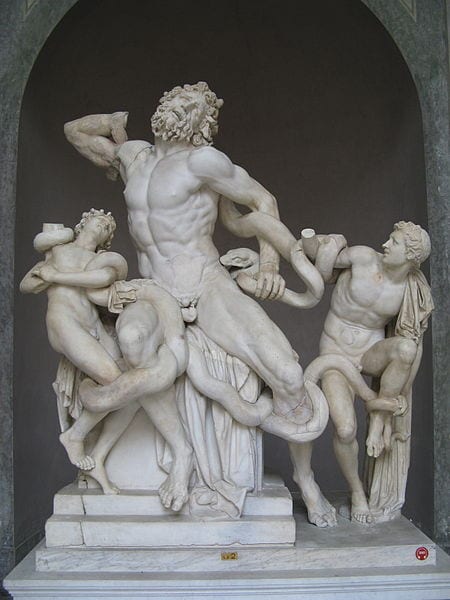
The 1st century Laocoön statue was found in 1503 and identified by Michelangelo as a masterpiece from the sculptures of Rhodes. Photo from Wikicommons.
Located in the Octagonal Courtyard of the Museo Pio-Clementino, the first century Laocoon is an iconic marble statue still in nearly pristine condition. It depicts a turbulent, emotional death battle between a muscular Trojan priest (Laocoön) and his two sons against two sea serpents sent by Athena. The story is that during the Trojan War, Laocoön warned his fellow Trojans of the wooden horse left outside their city gates by the greeks. Athena and Poseidon favored the Greeks and sent the two sea-serpents to kill him. According to the Romans, the death of Laocoön and his children were a signal to Romulus and Remus’ ancestor to flee Troy, thus ultimately leading to the founding of Rome.
Apollo Belvedere and the Belvedere Torso
Also located in the Museo Pio-Clementino, The Apollo Belvedere and the Belvedere Torso were both highly influential to the Renaissance artists at the time, especially Michelangelo. The Apollo Belvedere is a second century Roman copy of an even older Greek bronze. A masterpiece of classical sculpture, it’s a representation of the sun god Apollo. The Belvedere Torso is a sculpture of a muscular, twisted male torso, presumably Hercules, dating from the first century BC. It’s a pose supposedly replicated by Michelangelo in his painting of christ in the Last Judgement in the Sistine Chapel.
Porphyry Basin
The Porphyry Basin, also known as Nero’s Bath, dominates the Neoclassical room of the Rotonda. Nearly 40 feet across, this red stone basin was recovered from Nero’s Domus Aurea – just further proof of the luxury and excess of the crazy emperor’s House of Gold.
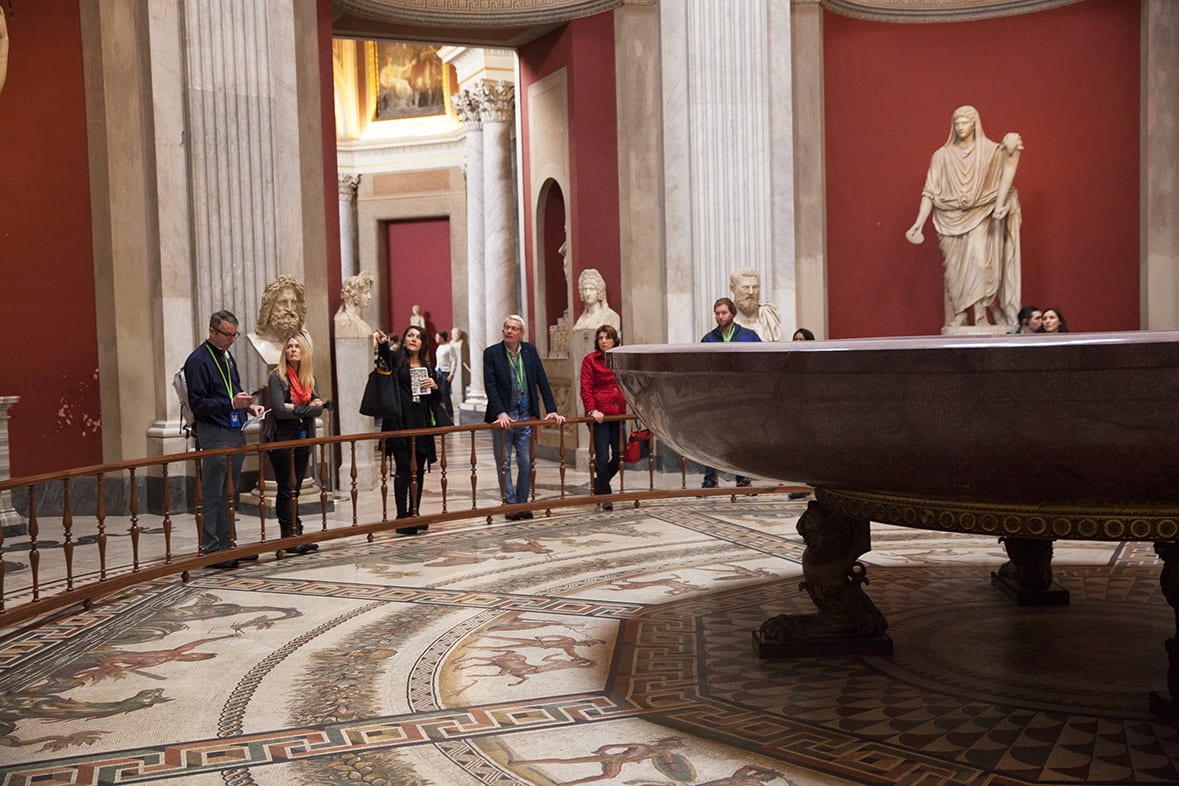
Borgia Apartments
Long before the series aired on Showtime and Netflix, the Borgia family was already well watched and well followed in Italy. Check out some of the Vatican’s top historical figures on the Borgia apartments elaborately painted ceilings. Painted by Pinturicchio in the 15th century, the paintings have since been retouched and restored. It’s said that Cesare Borgia murdered his sister Lucrezia’s husband in the Room of the Sibyl and that the painting of St. Catherine of Alexandria actually represents Lucrezia Borgia.
When, How and Where to Go
It’s no secret that the Vatican Museums are crowded – at times it has more than 20,000 visitors per day! Despite housing world-class art, visitors can deal with frustrations such as long lines, inadequate or wrong labeling and unannounced closures of galleries. Not to mention the fact that, at 9 miles long, the Papal Palace can be pretty tough to navigate. Still, there are ways to avoid the worst of the crowds and get the most out of your visit. Planning ahead is your best bet to ensure success when visiting the Vatican Museums.
When
The Vatican Museum opens Monday to Saturday from 9 a.m. to 4 p.m. and on the last Sunday of each month from 9 a.m. to 12:30 p.m. The Museums open at 10 a.m. and close at 6 pm. Check the Vatican Museums website for more information on holiday closings and special openings.
How
Though the Vatican Museums are popular year-round, in high season (June – September) lines can be up to three hours long, with a mini high season happening around Easter. No matter what time of year, you’ll want to plan your visit in advance. We’d recommend booking one of our Skip the Line Vatican Tours for fast-track entry.
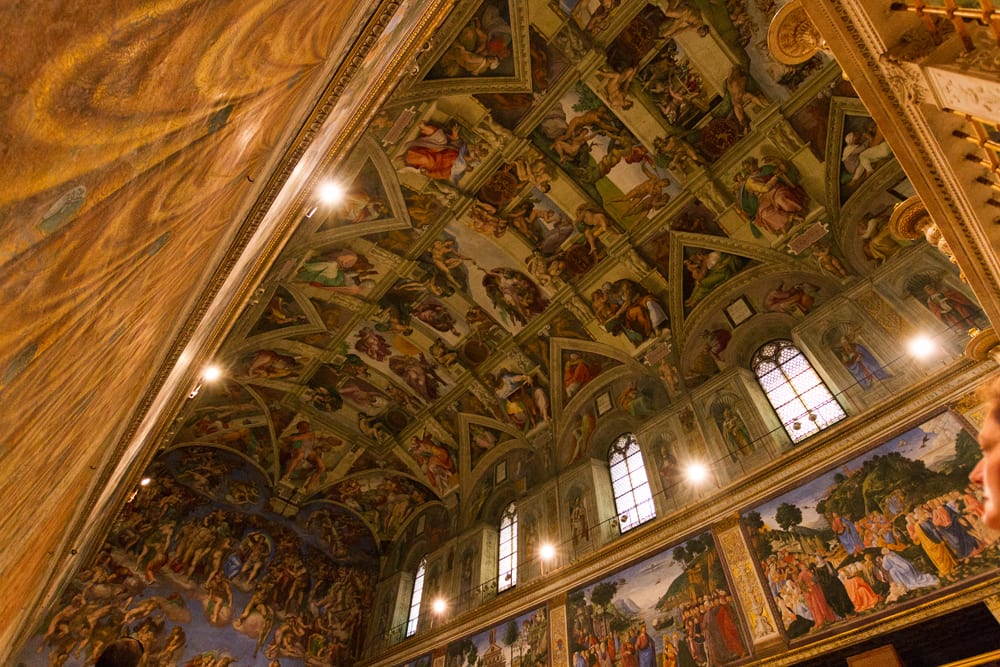
For those with flexible schedules, you can try visiting the Vatican Museums in the afternoon for shorter lines or tour the quieter galleries, such as the Pinacoteca, at peak times and the famous stops toward the end of the day. Visiting early in the morning is also recommended, particularly during high season (you could take our Pristine Sistine tour or VIP Key Master’s Tour: Open the Sistine Chapel and enter before the doors even open to the crowds!)
Both men and women should also be sure to cover their shoulders and knees. Though some tourists have gotten away with shorter outfits, the line is too long to risk being turned away at the entrance.
Where
The Vatican Museums are located at Viale Vaticano, 00165, Vatican City. Besides taxis, you can come by Metro Line A, at the Ottaviano – S.Pietro-Musei Vaticani or the Cipro stations. From either stop it’s a 10 minute walk to the Museums. Or take the number 49 bus to the front of the Museums Entrance. Click here for more information.
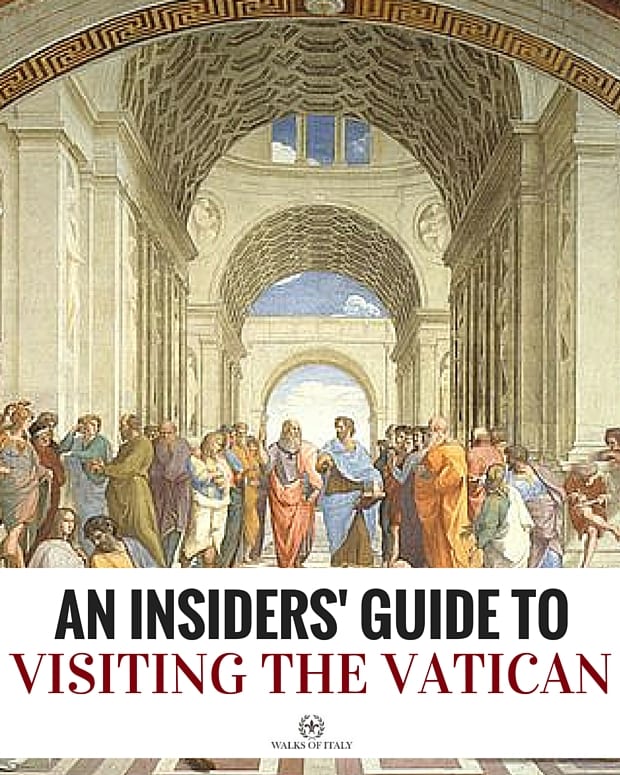
by Gina Mussio
View more by Gina ›Book a Tour

Pristine Sistine - The Chapel at its Best
€89
1794 reviews

Premium Colosseum Tour with Roman Forum Palatine Hill
€56
850 reviews

Pasta-Making Class: Cook, Dine Drink Wine with a Local Chef
€64
121 reviews

Crypts, Bones Catacombs: Underground Tour of Rome
€69
401 reviews

VIP Doge's Palace Secret Passages Tour
€79
18 reviews

Legendary Venice: St. Mark's Basilica, Terrace Doge's Palace
€69
286 reviews









